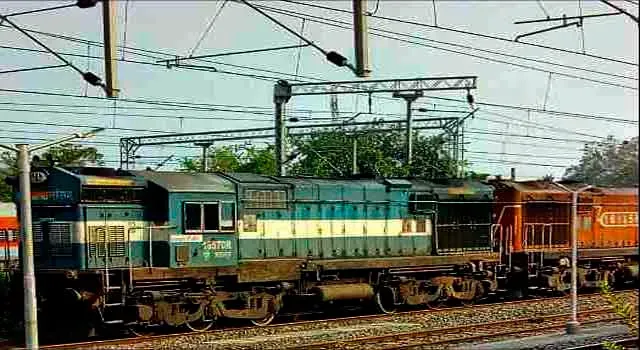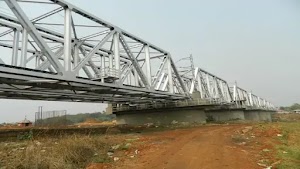Multiple-Engine
When two locomotives connect with each other and act as one Engine, it is called Couple Engine. Couple Engine use in Railway for additional power to pull a train and maintain proper speed. Couple Engine operates from one locomotive. Multiple Locomotive was invented by Frank Sprague, who is known as the 'Father of Electric Traction'. Multiple Locomotives were first utilized on the South Side Elevated Line in 1897.
Couple Engine possible between two same power and same gear locomotive due to operating from one. It is also called Multiple Locomotive. The first locomotive of the Couple Engine is called lead locomotive and the second is trail locomotive. Those two locomotives connect with 27 pin cable connectors which is called control cable. Loco pilot command from the first locomotive through this cable and automatically changes occurred in second.
Multiple Locomotives are operated through the use of a 27-pin connector.
These 27 pin use for a different purpose-
1. Power Reduction
2. Alarm Bell
3. "D" Governor Solenoid
4. Negative Voltage Common
5. Emergency Sand
6. Generator Field
7. "C" Governor Solenoid
8. Reverse
9. Forward
10. Wheel Slip Indicator
11. Spare
12. "B" Governor Solenoid
13. Control Circuit and Fuel Pump
14. Spare
15. "A" Governor Solenoid
16. Engine Run
17. Dynamic Brake Control
18. Spare
19. Spare
20. Dynamic Brake Warning
21. Dynamic Brake Interlock
22. Air Compressor Control
23. Manual Sand
24. Dynamic Brake Excitation
25. Headlight
26. Groud Realy Reset
27. Spare
Additionally, the brake pipe, which is the air hose located to the coupler, provides air pressures the consist of programming the first locomotive as the leader, and the rest as trailing locomotives.



















0 Comments
Don’t hesitate to reach out with the comment above. Your email address will not be published.